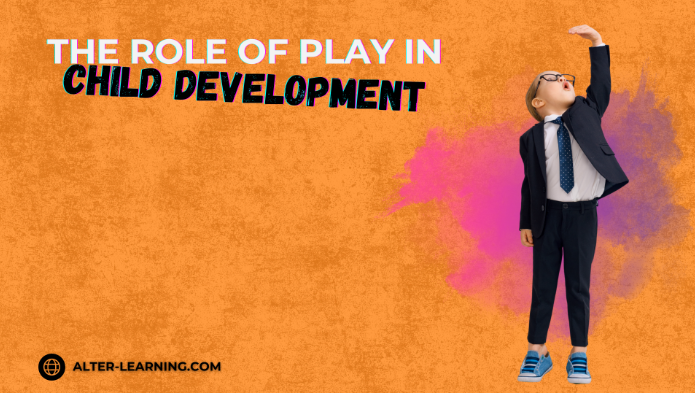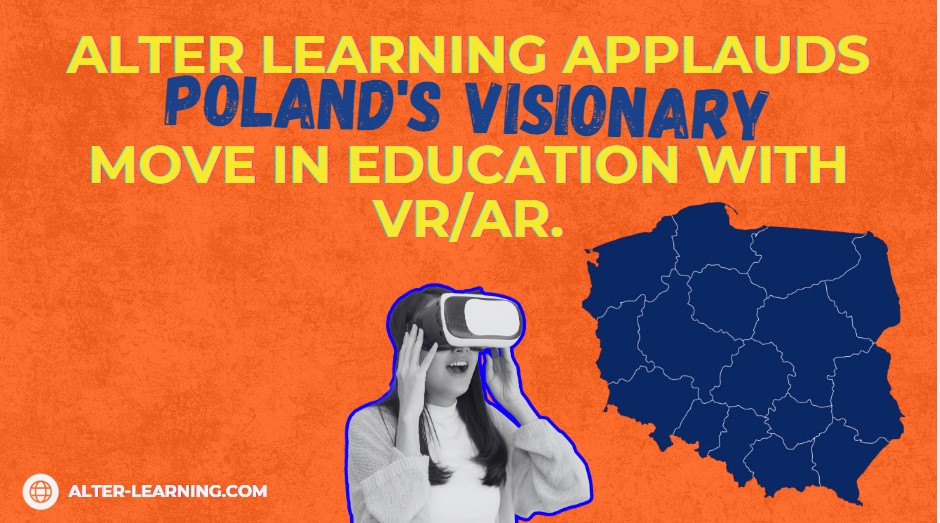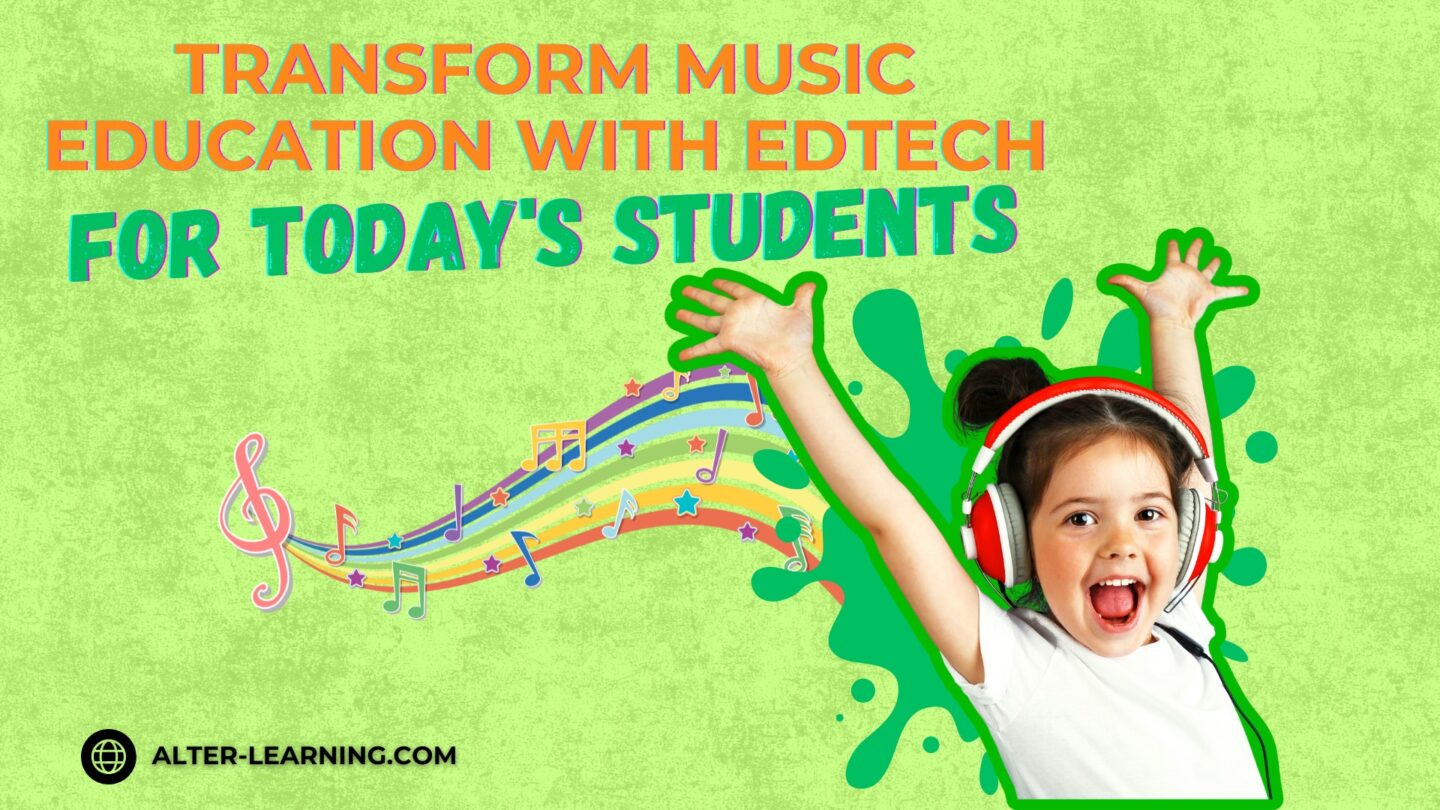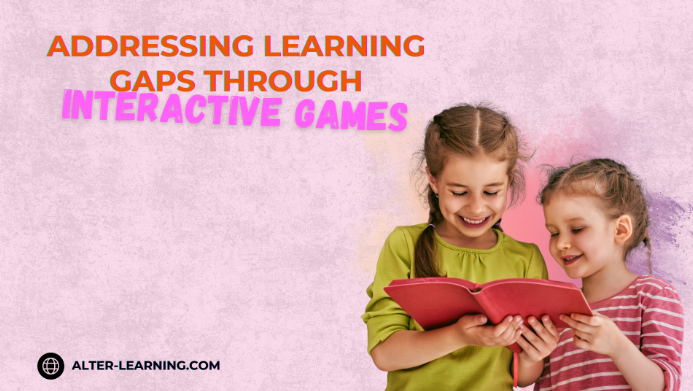Play is often seen as the opposite of work or study—but in reality, it can be one of the most powerful tools for learning. For children, play is not just entertainment; it can be a way of understanding the world, testing ideas, building relationships, and developing essential cognitive and emotional skills.
Educational technology platforms like Alter-Learning can bring play into structured learning through interactive experiences, STEAM educational games, and immersive environments that nurture curiosity and creativity. By blending fun with purpose, play can become a foundation for lifelong learning.
Why Play Matters in Learning
Decades of developmental research have shown that play can contribute to every major area of child growth. Through playful exploration, children may:
- Strengthen cognitive skills such as problem-solving and memory,
- Develop social and emotional intelligence through shared play,
- Build creativity and imagination by experimenting freely,
- Gain confidence through self-directed discovery,
- Learn to collaborate, communicate, and resolve conflicts constructively.
In other words, play can serve as both a laboratory and a classroom for the developing mind.
The Science Behind Play and Growth
From a neurological standpoint, play can activate multiple regions of the brain, supporting the development of neural connections related to language, reasoning, and emotional regulation. When children engage in playful problem-solving—such as tackling math puzzle games, interactive physics simulations, or creative arts education software—they can be strengthening both academic and non-academic skills at once.
Game-based learning can also foster intrinsic motivation. When learning feels like play, children may naturally persist longer, explore deeper, and take intellectual risks without the fear of failure.
Play in the Digital Age
Digital play introduces new ways to learn and connect. Interactive technologies—like VR education apps and AR learning experiences—can make exploration and experimentation more immersive than ever.
For example:
- AR biology exploration can allow children to interact with ecosystems or organisms in safe, hands-on ways,
- VR math games can turn abstract numbers into 3D puzzles, making complex ideas tangible,
- XR educational content can bring stories, history, and science to life in vivid, interactive worlds.
These technologies can expand what play looks like while preserving its most essential element—joyful discovery.
The Social Dimension of Play
Play can also serve as a social bridge. Multiplayer and cooperative environments help children develop communication, empathy, and teamwork skills. They learn to share goals, solve challenges collectively, and respect diverse perspectives—skills that extend far beyond the screen.
When designed with wellness and inclusion in mind, digital play can also promote emotional wellbeing, helping children practice patience, manage frustration, and celebrate success collaboratively.
Supporting Teachers and Parents
Educators and families play an important role in guiding play toward meaningful learning. Platforms like Alter-Learning can support them by offering:
- Curriculum-aligned activities that blend play with academic goals,
- Teacher dashboards to monitor learning progress through interactive experiences,
- Accessibility features ensuring that all children—regardless of ability—can participate,
- Reflective exercises that connect playful exploration to real-world understanding.
These resources can make it easier for adults to embrace play not as distraction, but as a dynamic form of learning.
Looking Ahead
Play is not a break from learning—it can be learning. Through creative, interactive, and immersive experiences, children can develop the cognitive, emotional, and social tools that prepare them for a complex world.
Alter-Learning’s commitment to integrating play into education shows that fun and focus can coexist. By harnessing the joy of discovery through STEAM educational games and immersive learning environments, we can help ensure that every child’s natural curiosity becomes the foundation for lifelong growth.
Follow Alter-Learning for more insights into immersive education, edtech success stories, and the future of learning. Want to explore how VR/AR could transform your school or learning platform? Let’s connect.




